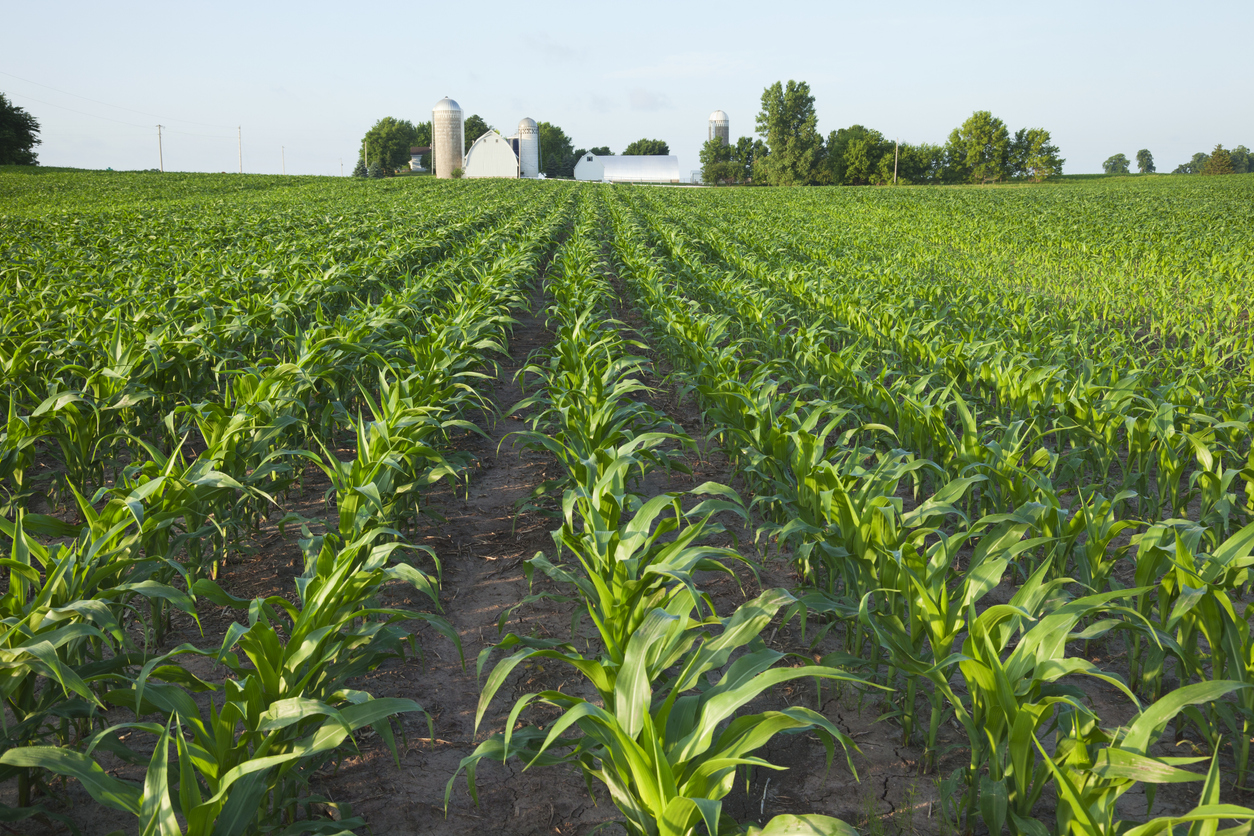
Long-term Study Shows GHG Emissions from Agricultural Soils
April 23, 2025| |
A study from the University of Illinois Urbana-Champaign collected multi-year, multi-site, field-scale, and whole in-season datasets to describe soil fluxes of greenhouse gas (GHG). The datasets can produce mitigation recommendations and also refine future climate models.
The researchers took samples of nitrous oxide and carbon dioxide emissions from commercial corn and soybean fields over multiple years. They would visit with machines to measure nitrous oxide and carbon dioxide concentrations weekly or biweekly throughout the season for two years. Smokestacks that consistently pumped out high concentrations of gases were called hot spots. Hot moments were when concentrations rose across most or all of the smokestacks after events such as rainfall or fertilizer applications.
The research team found that carbon dioxide flux was similar across individual fields, sites, and years, or even between corn and soybean systems. Chunhwa Jang, research scientist in the Department of Crop Sciences at Illinois, said these results show that carbon dioxide emissions are consistent and that high spatial resolution sampling is likely sufficient to estimate field-wide flux. Nitrous oxide, on the other hand, was anything but consistent. Not only did the amount of nitrous oxide at a particular smokestack swing dramatically from one sampling session to the next (hot moments), the researchers also found that they could not predict where in the field they'd find hot spots on any given date.
The study's results also revealed how management and cropping systems influence GHG emissions. Carbon dioxide emissions were similar for corn and soybeans, and conservation and no-tillage, but conventional chisel tillage and continuous corn saw higher concentrations. Nitrous oxide, on the other hand, was far higher in corn than soybeans under conservation and no-tillage, and nearly off the charts in continuous corn under chisel tillage.
For more details, read the article on ACES News or download the open-access paper in Agriculture, Ecosystems & Environment.
| |
You might also like:
- Climate Change Impacts: A Ticking Clock for Agriculture
- Experts Review Crop Pests' Responses to Climate and Land Management Changes
- Genetic Insights Reveal How Plants Adapt to Climate Change
Biotech Updates is a weekly newsletter of ISAAA, a not-for-profit organization. It is distributed for free to over 22,000 subscribers worldwide to inform them about the key developments in biosciences, especially in biotechnology. Your support will help us in our mission to feed the world with knowledge. You can help by donating as little as $10.
-
See more articles:
-
Plant
- Pangenome Reveals Genetic Diversity, Evolution, and Domestication of Rice
- Study Reveals Narrow Genetic Basis of European Potato
- CABBI Team Accelerates Plant Bioengineering Using Robotics Lab
- Experts Recommend Policy Strategies to Support Bt Cotton Adoption in India
- Late Blight Field Resistance in Potatoes With Genes from Wild Relative
-
Environment
- Long-term Study Shows GHG Emissions from Agricultural Soils
- Study Reveals How Bacteria Bypass Plant Defenses
- Researchers Develop Transgene-free Gene-edited Poplar Trees
-
Read the latest: - Biotech Updates (December 10, 2025)
- Gene Editing Supplement (December 17, 2025)
- Gene Drive Supplement (February 22, 2023)
-
Subscribe to BU: - Share
- Tweet

